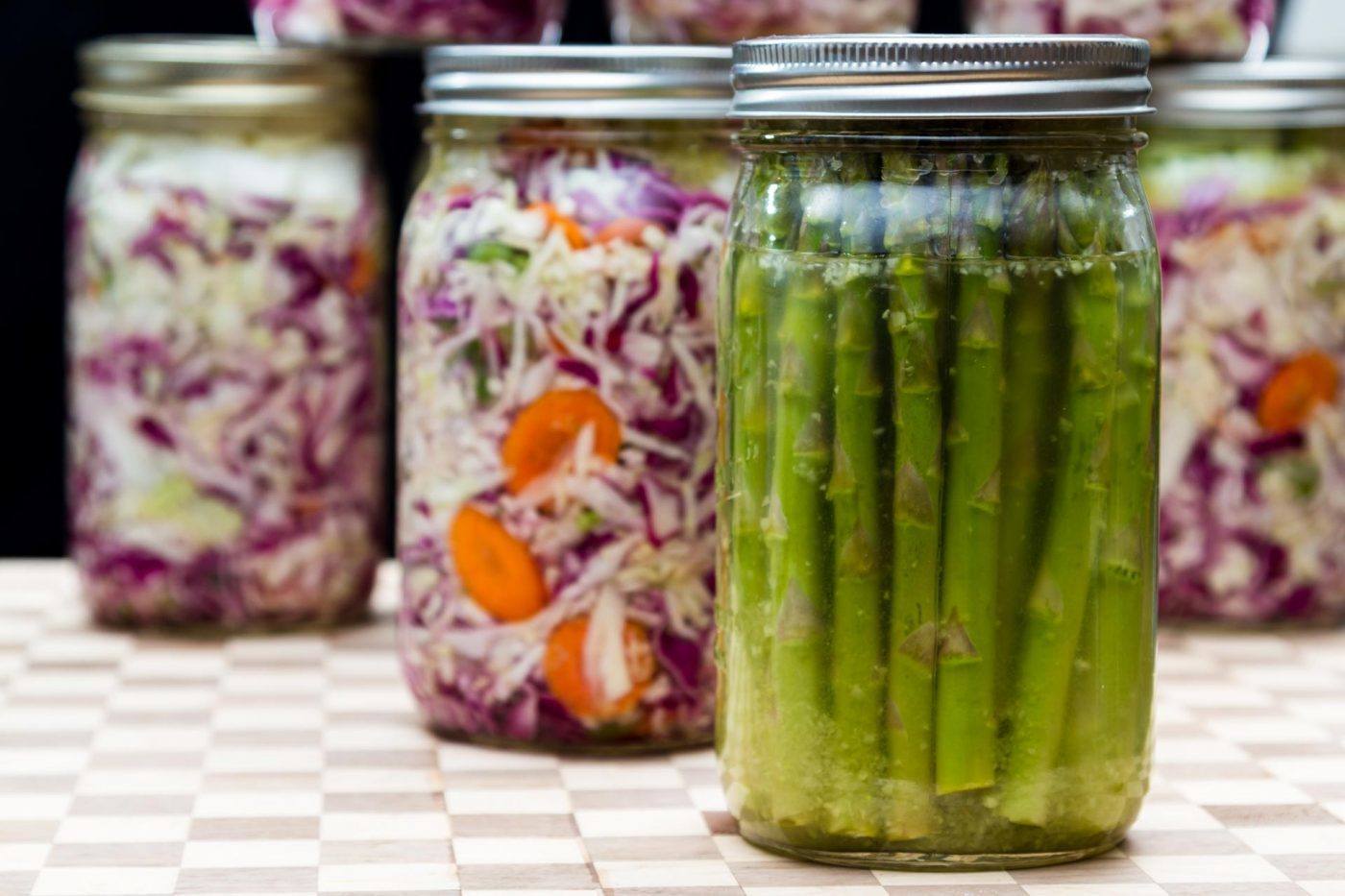A Beginner's Guide to Fermented Foods
Discover the basics of fermented foods, their health benefits, and simple recipes to start your journey into this flavorful world.

Understanding Fermented Foods
Fermented foods have been a staple in various cultures for centuries, yet they remain somewhat mysterious to many. At its core, fermentation is a process where microorganisms like bacteria, yeast, or fungi convert organic compounds—such as sugars and starch—into alcohol or acids. This not only preserves the food but also enhances its nutritional profile. Foods like yogurt, sauerkraut, and kimchi are common examples. The process not only extends the shelf life of these foods but also imparts a unique tangy flavor and texture. Fermentation is a natural form of food preservation that has been used by humans for millennia, allowing them to store and consume food long after the harvest season. Understanding the basics of fermentation can open up a whole new world of flavors and health benefits.
The Health Benefits of Fermented Foods
Incorporating fermented foods into your diet can offer numerous health benefits. These foods are rich in probiotics, which are beneficial bacteria that support gut health. A healthy gut microbiome is linked to improved digestion, better immune function, and even mental health benefits. Fermented foods can also help increase the availability of vitamins and minerals in the body. For instance, fermentation can boost levels of B vitamins, vitamin K2, and other bioactive compounds. Moreover, the acids produced during fermentation can help lower blood pressure and improve heart health. Consuming fermented foods regularly can contribute to a balanced diet and promote overall well-being.
Popular Types of Fermented Foods
There is a wide variety of fermented foods to explore, each offering unique flavors and health benefits. Yogurt and kefir are popular dairy-based options that are rich in probiotics and calcium. Sauerkraut and kimchi, made from fermented cabbage, are staples in German and Korean cuisines, respectively, and are known for their tangy flavor and high vitamin content. Miso and tempeh are fermented soy products that are integral to Japanese and Indonesian diets, providing a good source of protein and essential nutrients. Kombucha, a fermented tea beverage, has gained popularity for its refreshing taste and potential health benefits. Exploring these options can add diversity to your meals and introduce new taste experiences.
The Science Behind Fermentation
The process of fermentation involves the action of microorganisms breaking down sugars into acids, gases, or alcohol. This process occurs under anaerobic conditions, meaning it takes place in the absence of oxygen. Different types of fermentation, such as lactic acid fermentation and alcoholic fermentation, are used to produce various foods and beverages. Lactic acid fermentation, for example, is responsible for the tangy taste of yogurt and sauerkraut, while alcoholic fermentation is used to produce beer and wine. The science of fermentation is a fascinating intersection of biology and chemistry, where living organisms interact with food substrates to create new flavors and textures. Understanding this process can deepen your appreciation for the complexity and artistry involved in making fermented foods.
How to Start Fermenting at Home
Embarking on your own fermentation journey at home can be both rewarding and educational. Begin with simple projects like making sauerkraut or yogurt, which require minimal ingredients and equipment. Ensure you have clean jars, a reliable source of starter cultures or probiotics, and a suitable environment for fermentation. Temperature and hygiene are critical factors; most fermentations occur between 60-75°F (15-24°C). It's important to monitor the process closely to avoid spoilage and ensure a successful fermentation. Starting with small batches allows you to experiment and refine your technique without wasting resources. As you gain confidence, you can try more complex recipes and explore different flavors.
Troubleshooting Common Fermentation Issues
While fermenting foods can be a straightforward process, beginners may encounter some common issues. Unpleasant odors, mold growth, or failure to ferment are often signs that something has gone awry. Maintaining cleanliness and using fresh ingredients are crucial to preventing contamination. If mold appears, it may be possible to salvage the batch by removing the affected part, but it's safer to discard it entirely if you're unsure. Temperature fluctuations can also affect fermentation; ensure your environment is consistent and within the recommended range. If your ferment isn't bubbling or souring as expected, it may need more time or a boost from additional starter culture. Patience and practice are key to overcoming these challenges.
The Cultural Significance of Fermented Foods
Fermented foods hold a special place in many cultures, each with its unique traditions and recipes. In Korea, kimchi is not just a side dish but a national symbol, with countless variations and a dedicated festival celebrating its cultural importance. Similarly, in Japan, miso soup is a staple in daily meals, showcasing the deep-rooted appreciation for fermented soybeans. European countries have their own rich history with fermentation, from German sauerkraut to Russian kvass. These foods often carry historical significance, representing preservation techniques developed out of necessity. Exploring the cultural context of fermented foods can provide insight into their enduring popularity and their role in connecting people to their heritage.
Embracing Fermented Foods in Modern Diets
Incorporating fermented foods into modern diets can be an exciting and healthful journey. As awareness of gut health and probiotics grows, more people are turning to fermented foods as natural sources of these beneficial bacteria. The versatility of fermented foods means they can be easily integrated into various meals and cuisines. Adding a spoonful of kimchi to a rice bowl, enjoying a glass of kombucha, or using miso as a soup base are simple ways to include these nutrient-rich foods in your diet. By embracing fermented foods, you not only enhance the flavor and nutritional value of your meals but also connect with a culinary tradition that spans generations.